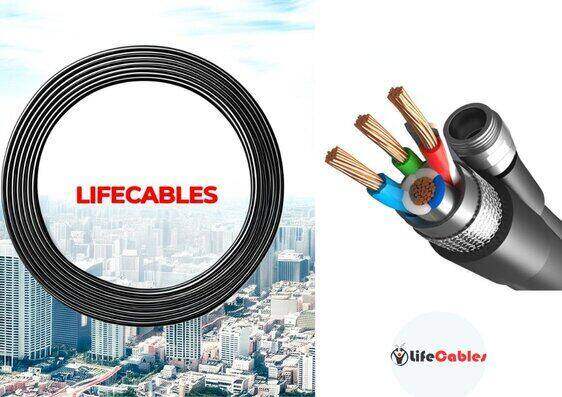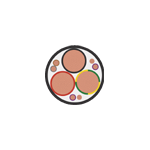Tips for optimizing the lifespan of a rooftop solar installation

Optimizing the lifespan of a rooftop solar installation involves a combination of smart choices during installation and consistent maintenance practices. Here are key tips:

I. Pre-Installation & Installation Considerations:
- High-Quality Components: Invest in reputable brands for solar panels, inverters, and mounting systems. High-quality components generally come with longer warranties and higher efficiency rates, ensuring a more reliable and robust system.
- Professional Installation: A meticulous and professional installation is paramount. Proper mounting, angling, and wiring contribute significantly to the system’s efficiency and durability. Improper installation can reduce lifespan by as much as 25%.
- Optimal Positioning and Orientation: Ensure the panels are positioned to receive maximum direct sunlight throughout the day, avoiding shading from trees, buildings, or other obstructions. Even partial shading can significantly reduce energy output and stress components.
- Roof Condition: Make sure your roof is structurally sound to support the weight of the solar panels and withstand environmental factors. A well-maintained roof enhances the longevity of the solar system.
- Temperature Control/Ventilation: While panels are designed to withstand various temperatures, excessive heat can accelerate wear and tear. Good ventilation and spacing during installation can help mitigate this. Some advanced systems offer cooling technologies.
- High-Quality Grounding Cables: Use ground cables with tinned copper conductors to prevent galvanic corrosion when connecting different metals, which can severely damage the metal with a more negative potential. These cables also optimize signal quality and reduce electromagnetic interference.
II. Regular Maintenance Practices:
- Regular Cleaning: This is one of the most crucial and easiest steps. Dust, dirt, leaves, bird droppings, and pollen can accumulate on the panels, blocking sunlight and reducing efficiency by up to 25%.
- Frequency: In most areas, cleaning 1-2 times a year is sufficient. However, in dusty, urban, or industrial areas, or areas with frequent bird activity or pollen, more frequent cleaning (e.g., every 2-4 months or even monthly) may be necessary.
- Method:
- Turn off your solar system before cleaning for safety.
- Choose a cool, overcast day, ideally in the early morning or late evening, to avoid thermal shock (hot panels and cold water) and water evaporating too quickly, which can leave streaks.
- Gently brush off loose dirt and debris with a soft brush or microfiber cloth.
- Use a hose with a gentle spray and clean water (preferably distilled or deionized to avoid mineral stains). Mild dish soap or specific PV panel detergents can be used for stubborn grime. Avoid harsh chemicals, abrasive materials, or high-pressure washers.
- Rinse thoroughly to remove any soap or residue.
- Avoid stepping on the panels. Use extendable handles for hard-to-reach areas, or consider professional cleaning.
- Monitor System Performance: Most modern solar systems come with monitoring software or apps. Regularly tracking your energy output allows you to detect issues early, such as shading, malfunctioning inverters, or reduced performance. A sudden drop in energy production could indicate a problem.
- Visual Inspections: Regularly inspect your panels for any physical damage like cracks, discoloration, loose wiring, or frame damage. Also, check the mounting rack for missing bolts, signs of water damage, leaks, or drainage issues. Early detection of problems allows for timely repairs.
- Trim Nearby Vegetation: Ensure no trees or other vegetation are growing to shade your panels, as shading can significantly reduce energy output.
- Check Inverters and Wiring: Inverters are critical components. Ensure they have adequate ventilation to prevent overheating. Regularly inspect wiring for loose connections or damage, as these can lead to inefficiencies or safety risks.
- Pest Control: Birds, rodents, and insects can sometimes nest under panels, causing damage or accumulating debris. Consider installing pest deterrents if this becomes an issue.
- Professional Inspections: Schedule annual or biennial professional inspections by a qualified technician. They can perform electrical testing, identify potential issues that aren’t visually obvious, and make recommendations for upgrades or retrofitting.
III. Long-Term Considerations:
- Adapt to Evolving Conditions: Stay informed about advancements in solar technology and best practices. As your energy consumption patterns change, adjusting your system’s configuration may be needed to maximize efficiency.
- Comply with Warranty Terms: Adhere to the manufacturer’s maintenance guidelines and usage specifications to preserve your warranty coverage.
- Consider Battery Storage: Battery storage systems can help minimize stress on your solar system by providing a consistent power supply during periods of low sunlight, reducing reliance on the grid and mitigating frequent fluctuations in energy production and usage.
By following these tips, you can significantly extend the productive lifespan of your rooftop solar installation, ensuring it continues to provide clean, reliable energy and maximum financial benefits for many years.`




